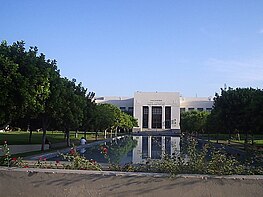Still working to recover. Please don't edit quite yet.
Communist Party of Colombia
The Communist Party of Colombia (Spanish: El Partido Comunista Colombiano, PCC) was formed on July 17, 1930 from the revolutionary wing of the Colombian socialist party, emerging out of a socialist movement which had arisen in the 1920's. In 1935 the Communist Party of Colombia (PCC) was accepted in the Comintern. In 1936 the Confederation of Colombian Workers was founded, which the CPC and its Committee of Party Control was involved in. From 1937 to 1946 the PCC was represented in the Colombian parliament. The First Congress of the PCC in August 1941 passed resolutions to rally all workers of the country in the fight against anticommunism, and for political democratization.
During World War II (1939 - 1945), the CPC came under the influence of Browderism, the main spokesman of which was General Secretary of the party Augusto Duran. The Fifth Congress of the CPC in July 1947 expelled Duran and others accused of right opportunism from the party, and Gilberto Vieira was selected as General Secretary.
The party was an active participant in the 1949 armed struggle of peasants for land. In the 1950's the party was subjected to repression - many communists were killed, including eight members of the central committee. After the fall of the dictatorship of Gustavo Rojas Pinilla in May 1957, the party emerged from the underground, but was deprived of the right to participate in the government. The eighth congress of the CPC in December 1958 resolved that the primary task for the CPC was the formation of a mass party, capable of playing the role of a vanguard of the working class and all workers.
